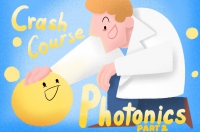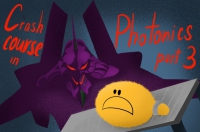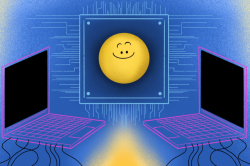As a scientific discipline, photonics deals with the fundamental and applied aspects of the use of optical signals and the creation of devices based on these principles. It could be said that the field of photonics was born in 1960 when the American physicist Theodore H. Maiman created the first functional laser.

The photon is an elementary particle capable of carrying electromagnetic force. Unlike negative electrons, this particle itself has no charge of its own; it only carries radiation. The word “photon” was coined in 1926 by the American physical chemist Gilbert N. Lewis.
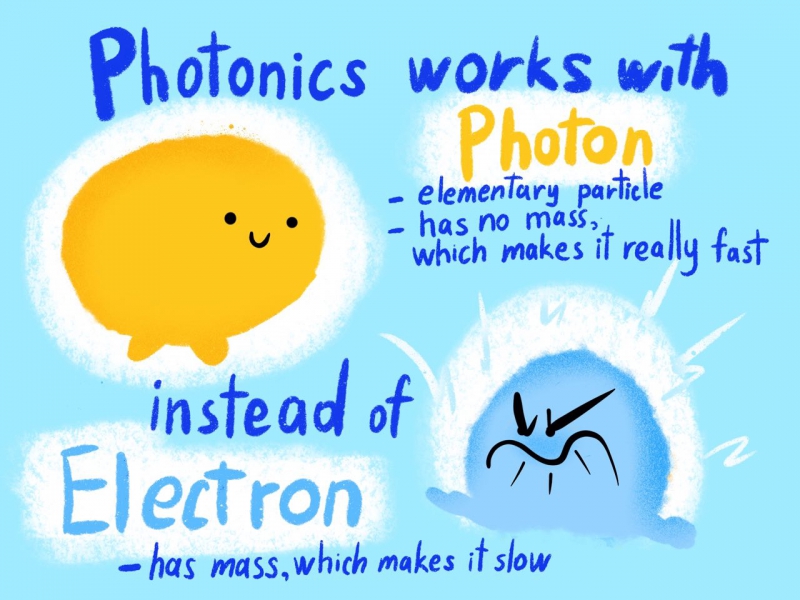
Waves of photons can be more than just light. They also carry many kinds of radiation that we encounter in our day-to-day: ultraviolet, X-radiation, terahertz, infrared, gamma, and others.
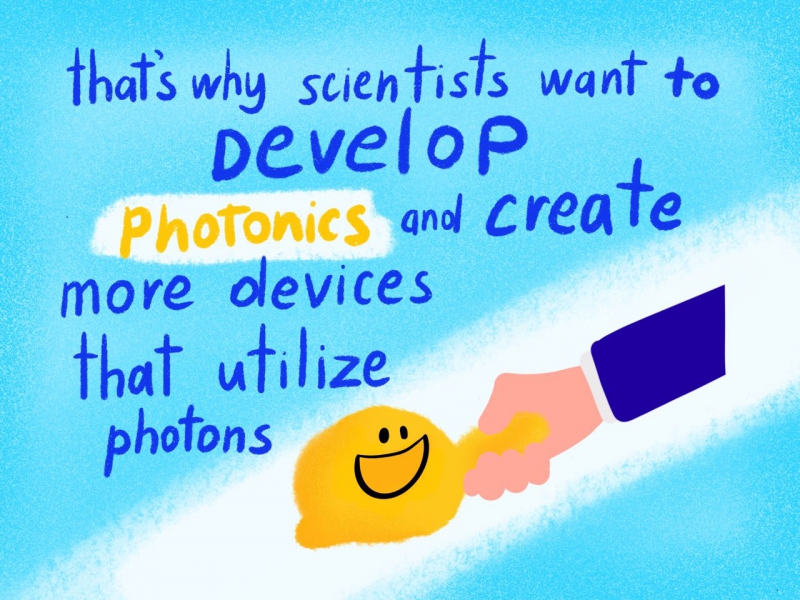
Here at ITMO University, the matters of photonics are dealt with by the eponymous School of Photonics. It is comprised of the Faculty of Photonics and Optical Information, the Research Center for Nanophotonics and Metamaterials, the Research Center for Integrated and Radio Photonics, and many other structural units.
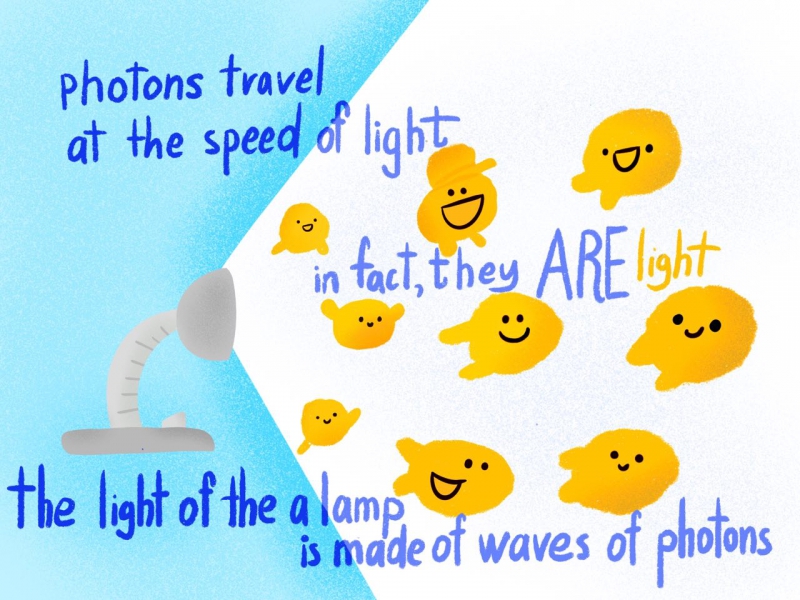
The term “Li-Fi” encompasses a group of wireless data transfer technologies based on the application of light-emitting diodes. These LEDs can be used to establish high-speed two-way communication nodes that may be combined into a unified network. If you’d like to learn more about this technology, check out our article on the topic.
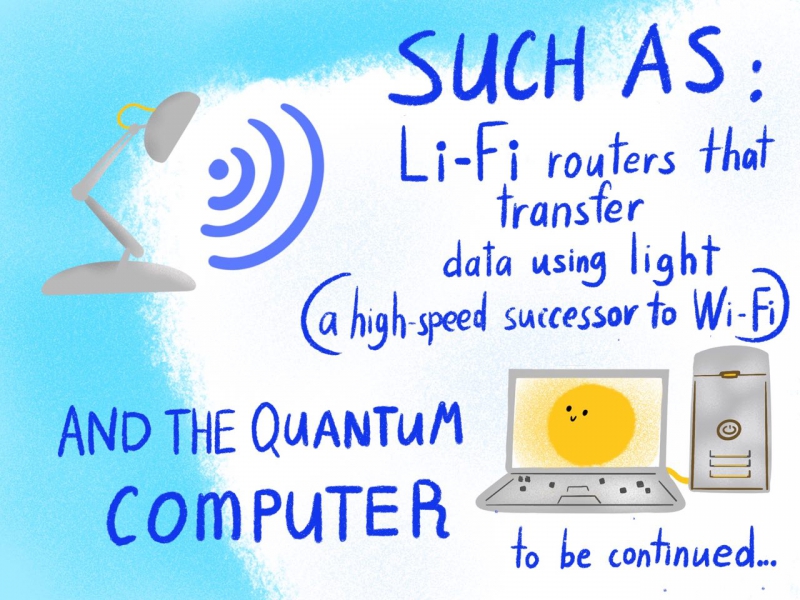
Quantum computers are computational devices that function according to the principles of quantum mechanics. Read more about them in this ITMO.NEWS article.
To be continued!



